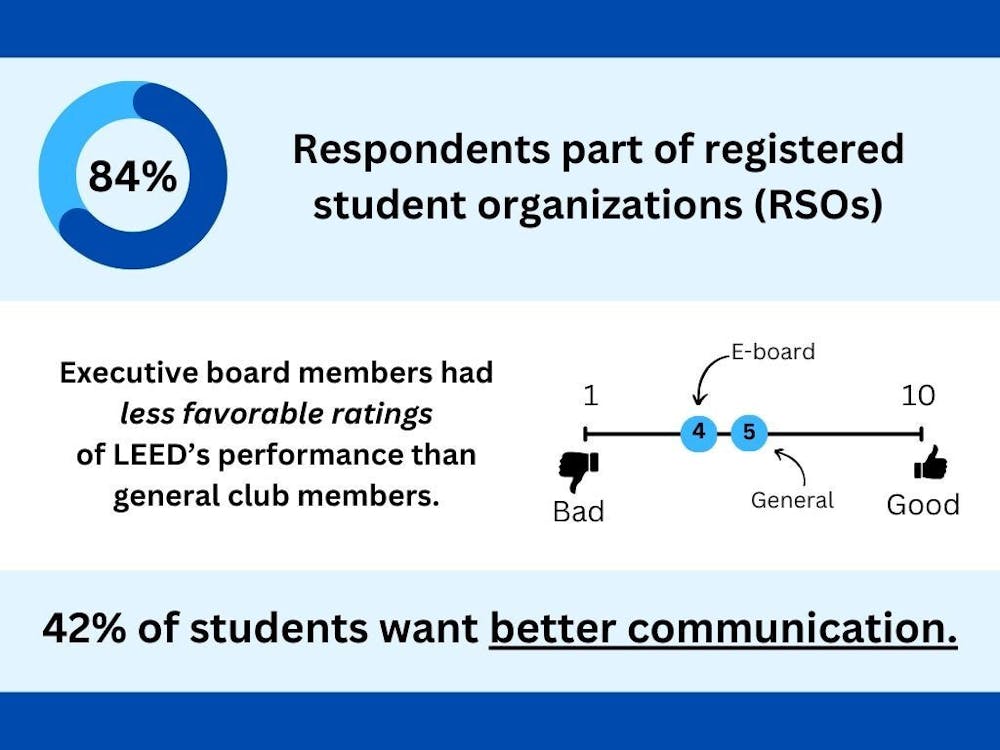Erica Schoenberger, a professor of Environmental Health and Engineering, gave a talk called “The Non-market Origins of Markets, Capitalism and Creative Cities” in Ames Hall on Tuesday, Feb. 7. Schoenberger’s lecture, which is a part of the M. Gordon Wolman Seminar hosted by the Department of Environmental Health and Engineering, focused mainly on the development of markets.
She provided a brief history on the importance of trade and argued that the need would arise for a type of currency that did not reveal as many drawbacks as gold and silver.
“The standard story of where markets come from, and from markets to eventually full-blown capitalism, is that it starts with the human propensity to exchange,” Schoenberger said. “This starts out with barter, which everyone agrees is inconvenient and kind of lumpy. Pretty quickly people work out ways of coming up with a universal equivalent for exchange.”
Schoenberger then elaborated on the impact of trade and the early rise of agglomeration.
“With a money economy, we have much denser networks of exchange. Therefore, much greater possibilities for an increasingly funded division of labor, therefore more productivity, therefore more people coming together in cities to facilitate things at stages,” Schoenberger said. “And each personality is only part of a thing and not the whole thing, so we call these agglomerations. And agglomeration economies are meant to reduce transactions and work in cities.”
Schoenberger also discussed the non-market drivers of urbanization and innovation, as well as the concept of managing resources across space and time. She presented the example of the fortress Château Gaillard, which was rapidly built in the 13th century during a time of warfare.
“If you’re building a fortress for military reasons you have to do it fast. You can’t take 65 years to do it,” Schoenberger said. “This is an example of how the exigencies of warfare and the exigencies of state projects, which are not connected at all with building markets... end up marketizing a society, because that’s the fastest and best way to get [the building] done.”
According to Schoenberger, people tend to see opportunities for the growth of markets as they grow towards them, and war often acts as the most lucrative catalyst for such an opportunity.
“The projects of kings and princes, of popes, everybody who’s trying to manage resources across large territories — what they need is liquidity,” she said. “And that’s what actual cash money and markets give you, because they have a lot of lumpy, stationary wealth.”
Schoenberger explained that the Crusades also contributed to the growth of a market economy, as the church managed resources across territories. An increased imposition of church taxes moved resources towards a concentrated area, and the Crusades forced many to convert fixed resources like land into mobile resources as a means of funding their expeditions.
Schoenberger then explained the impact of warfare in a more modern context, particularly the economical and industrial effects of World War II.
“By the end of the war, the federal government actually owned 40 percent of the industrial infrastructure in the United States,” she said. “That means that a lot of the investment, a lot of the geographic outcome of this investment, a lot of the urbanization that happens [as a result of] these investments, is again driven by the logic of the state and is heavily influenced by the logic of warfare and not by the logic of capital investment.”
Relating the growth of the market economy to the rise of big cities, Schoenberger revealed the dangers that urbanization posed to public health.
“Living in cities for a long time is extremely unhealthy. Cities are themselves extremely creative places, [and] being in cities simply creates lots of ideas, lots of exchanges, the more people you have together the more ideas you have, so cities are just fountains of ideas,” Schoenberger said.
She then expanded on the specific traits of cities that caused them to be a threat to public health, and the distinctive ways new innovations must address those concerns.
“We can’t think about cities as just containers for agglomeration economies. It’s a physical place, it’s an ecological place, and it’s human place with mass occupancy,” she said. “Urban innovations [include] moving huge amounts of water from one place to another, and also new methods of financing all of this new infrastructure developments. These are not just [stagnant] innovations, they have continuing evolutions because the problems themselves continue to evolve.”
Nicole Cohen, a senior majoring in environmental engineering, shared her thoughts on the relationship between the growth of markets and the impacts on the environment.
“The economy and the environment seem like opposing ideas,” Cohen said. “For the most part, you always have bad, ulterior motives when it comes to the environment in order to create successful markets. It’d be interesting to see a good relationship between the two.”















Please note All comments are eligible for publication in The News-Letter.